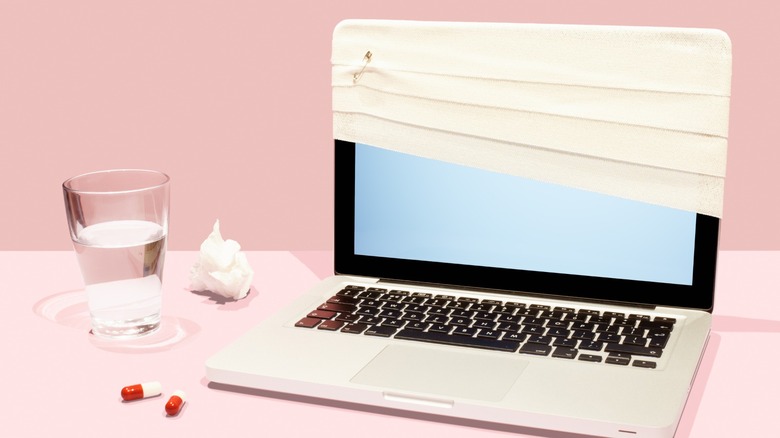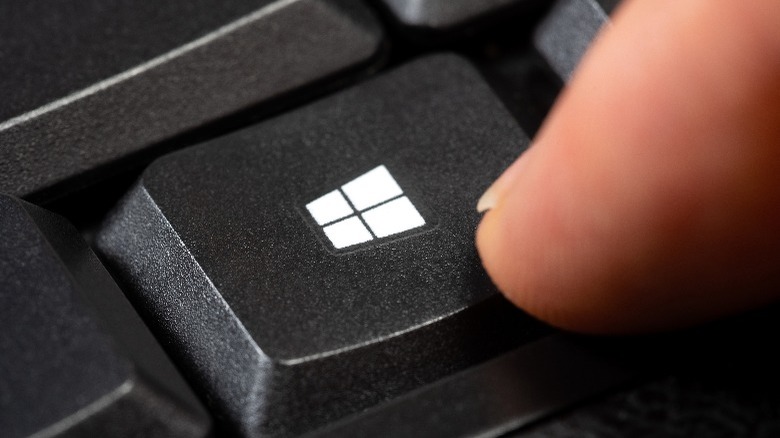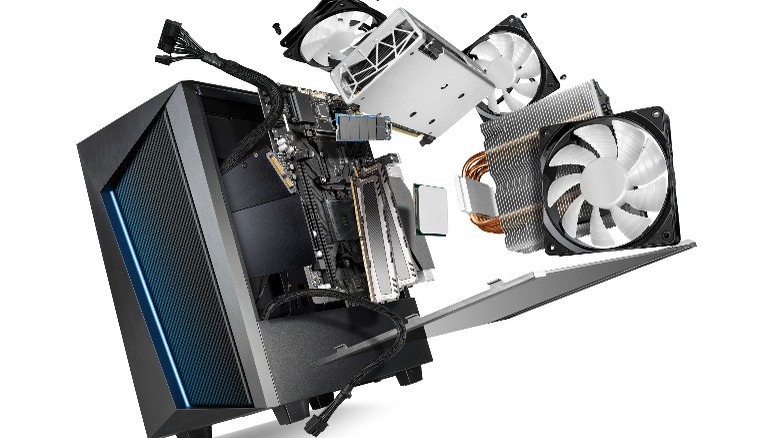How To Reset Your PC's Graphics Driver (And Why You Might Want To)
Responsible for rendering images and videos, the GPU, or the Graphical Processing Unit, is an essential component of any computer. It is what lets you enjoy applications that utilize 3D graphics, such as games, design tools, and simulation software. Depending on the prowess of your graphics card, you can even enjoy some of the most demanding AAA titles, such as "Cyberpunk 2077" or "Red Dead Redemption 2".
Unfortunately, as is the case with technology, your devices are bound to run into errors every once in a while — and the graphics card is a susceptible component. Issues with the graphics driver may lead to screen flickering, low frames per second, or even game crashes in some cases. The graphics driver is responsible for bridging the communication between the operating system and the hardware — so a quick reset here can do wonders.
While a full system reboot usually resolves such problems, there's an easier way to reset your computer's graphics driver without having to sit through the spinning Windows icon.
Reset your graphics driver with this quick shortcut
In addition to the several Windows keyboard shortcuts that can amp up your productivity, there's a particularly specific one that restarts your graphics driver — fixing any abnormalities that you may have been encountering. However, unlike most shortcuts, this one might be a bit challenging, seeing as how it requires a bit of finger gymnastics to activate.
On your computer, start by minimizing all programs and focusing your cursor on the desktop. This is to avoid any apps or games that might interfere with the keyboard combination we're about to hit. Next, press these keys simultaneously: Win + Ctrl + Shift + B. You will notice your monitor go blank a few times very quickly, indicating that your graphics driver has just been reset.
Since this trick doesn't require you to shut down your computer, or even close any of the apps you're working with, you will not lose any unsaved data. To avoid unexpected behavior in the future, make sure you regularly update the drivers for your graphics card. These releases not only fix bugs that ensure system stability, but often bring with them exciting new features. For advanced users, another way to control temperature and balance performance is to undervolt your GPU.
Uninstall and reinstall graphics drivers
While the above steps are a quick and easy solution to fix unexpected glitches with your graphics driver, any recurring issues may call for a slightly more permanent solution. Outside of assessing for hardware damage, which requires expertise, the next best thing to do would be to reinstall the drivers for your graphics card. Although Windows does a good job of reinstalling missing components on its own, the following steps are only recommended to people familiar with the process of manually installing drivers, in case things go south.
- On your Windows PC, open the Start menu, and search for and launch "Device Manager".
- Look for your graphics card under the "Display adapters" section.
- Right-click on the graphics card listing and select "Properties".
- Navigate to the "Driver" tab, and click on "Uninstall". Confirm by clicking on "OK".
- Restart your PC.
- To reinstall the latest version of the graphics driver, use either Nvidia's GeForce Experience app, or access AMD's Radeon Control Panel by right-clicking on the desktop, depending on which GPU you have.
You can also manually search for a specific driver version for your GPU, in case the latest release isn't playing nicely with the set of apps and games you run. Also, be sure to regularly check for Windows updates to keep your PC running like new.


